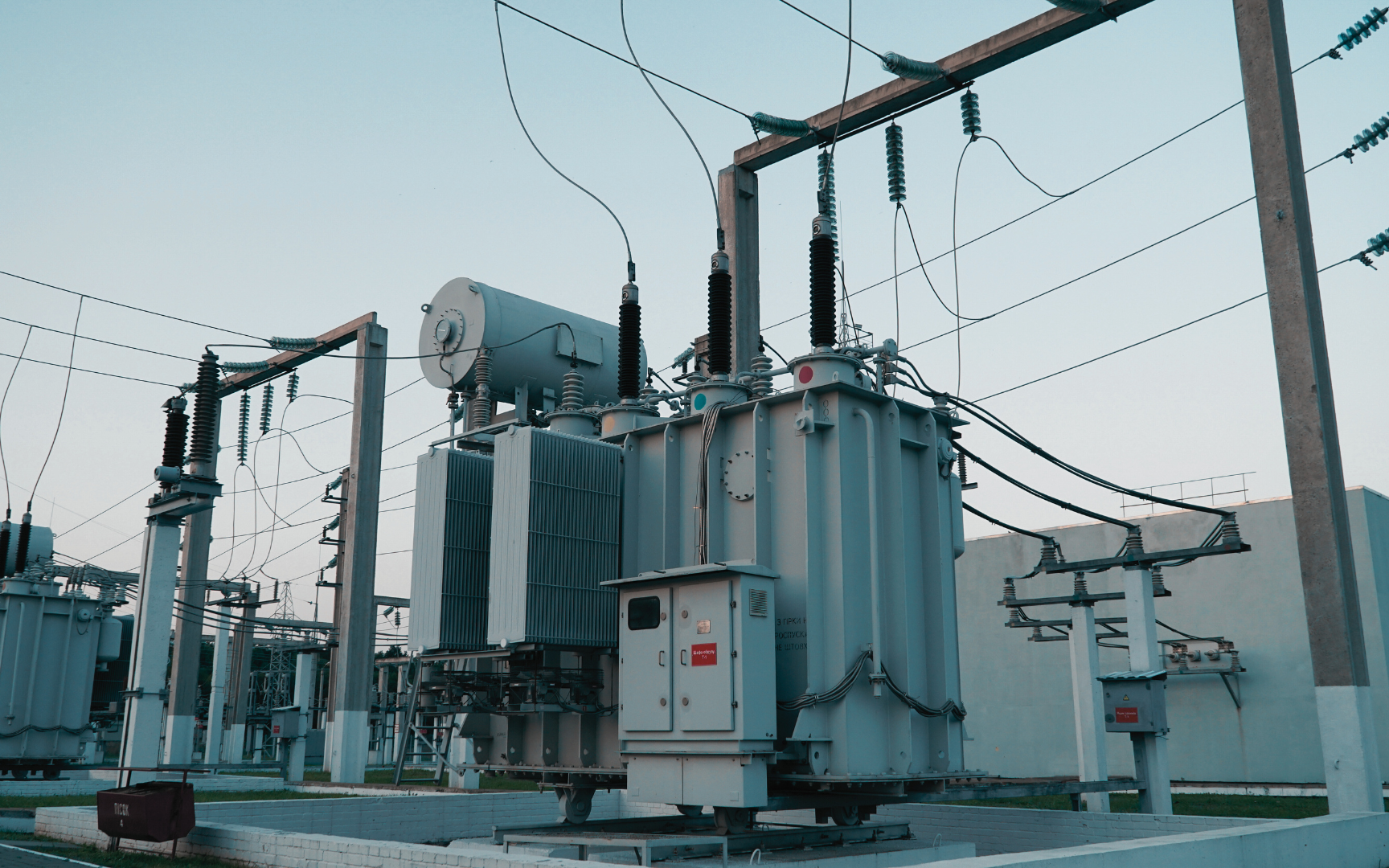
Lightning Protection Systems (LPS) are designed to protect structures, equipment, and personnel from the damaging effects of lightning strikes. Lightning is an unpredictable and powerful natural phenomenon, and when it strikes buildings, it can cause fires, electrical surges, and physical damage, leading to expensive repairs, potential loss of life, and operational downtime.
Components of Lightning Protection Systems:
Analysis of Lightning Protection Systems:
JEF specializes in providing comprehensive Lightning Protection Studies to ensure the safety and protection of your structures from lightning strikes. Our experienced team uses advanced methodologies and standards to deliver effective lightning protection solutions as per IEC standards for both existing and new structures.
Get In Touch with us to know more.
marketing@jeftechno.com